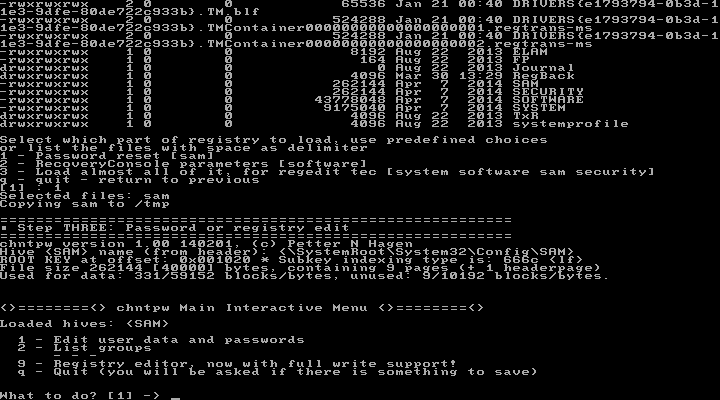
Initrd /iso/CentOS-6.0-i386-netinstall/isolinux/initrd. Linux /iso/CentOS-6.0-i386-netinstall/isolinux/vmlinuz root=UUID=XXXX-XXXX ro liveimg quiet nodiskmount nolvmmount

Initrd /iso/CentOS-6.0-x86_64-LiveDVD/isolinux/initrd0.img Linux /iso/CentOS-6.0-x86_64-LiveDVD/isolinux/vmlinuz0 root=UUID=XXXX-XXXX ro liveimg quiet nodiskmount nolvmmount live_dir=/iso/CentOS-6.0-x86_64-LiveDVD/LiveOS Initrd /iso/CentOS-6.0-i386-LiveCD/isolinux/initrd0.img Linux /iso/CentOS-6.0-i386-LiveCD/isolinux/vmlinuz0 root=UUID=XXXX-XXXX ro liveimg quiet nodiskmount nolvmmount live_dir=/iso/CentOS-6.0-i386-LiveCD/LiveOS Linux (loop)/casper/vmlinuz iso-scan/filename=$isofile boot=casper noprompt noeject # to boot linux live cd, check isolinux.cfg for options Create grub.cfg to boot the various systems. (I also have a couple of memory checker images in / of my USB)Į. For example, my device has in the iso folderġ. Simply copying the files from the mounted iso is sufficient. Create a folder for each system and copy the contents of the CD to the folder. For CentOS and Fedora the contents of the ISO must be extracted. It's not actually necessary, but helps with organization if the USB will be used for other purposes also.ĭ. Create a folder on the USB for iso files. Type grub-install -force -no-floppy -root-directory=/mnt/USB /dev/sdx (replacing x with your actual USB device)ī. Type mkdir /mnt/USB & mount /dev/sdx1 /mnt/USB (replacing x with your actual usb device)Ħ. The traditional Unix/Linux single-user mode might be all you need. GRUB’s System Recovery Mode Sometimes you don’t need a specialized tool like SystemRescueCd to get back on your system. Type fdisk -l (and note which device is your USB)ĥ. SystemRescueCd doesn’t just reset passwords in your Ubuntu, Red Hat, or Linux Mint system: It can also help you recover access to your Windows computer. Once booted, insert your USB Flash DriveĤ.

I think 11.04 had the correct version, but it may have been 11.10.
#SystemRescueCd chntpw install
I used an Ubuntu Live CD to perform the install to USB. This method does not require formatting or partitioning the USB and the device can still be used to store other files also.Ī. It took some trial and error to get it working and CentOS does not use the ISO file directly. Step4: Remove lost Windows login password on the operation interface and logon PC without password.Some time back I wanted a bootable usb drive that I could use to boot several useful utilities (Live CDs) from ISO files. Step3: Boot up your Windows PC by the bootable burned CD/DVD in minutes. Step2: Burn the ISO image file onto a blank CD/DVD. Step1: Download Windows Password Reset Tool and install it. Type 1 to clear the user password or 2 to set a new password for the Archit-PC user, then quit and save the changes:. And type your user account name (i.e., Archit-PC in this example) for the username:. Go to Windows Password Reset Tool official site: Then type 1 (for Edit user data and passwords ):.
#SystemRescueCd chntpw how to
Resetting-Passwords-with-SystemRescueCd How to Reset Windows Password with Chntpw.

#SystemRescueCd chntpw software
It provides you a fast and secure solution to reset forgotten Windows password for Windows XP/7/Vista/2000/NT/20.ġ.Relax and trust this software can help you out of the troubleĤ. Now, mount the Linux partition to your SystemRescueCd partition: mount. Windows Password Reset Tool is professional Windows password recovery software for you to reset Windows password including administrator password and user password with ease. what the password it Resetting Passwords with SystemRescueCd Linux Magazine How to.

Here below is the detailed information for you: Modifying Windows local accounts with Fedora and chntpw Cannot boot. The most easy and safe method for you - Tacking a Windows Password Reset Tool as your reference.


 0 kommentar(er)
0 kommentar(er)
